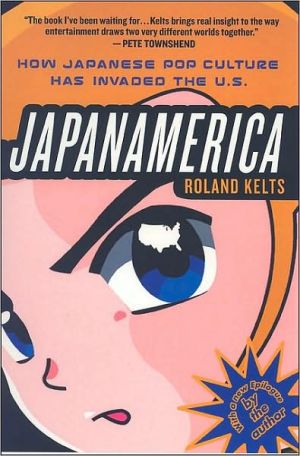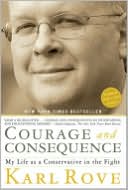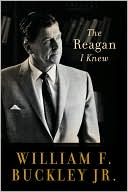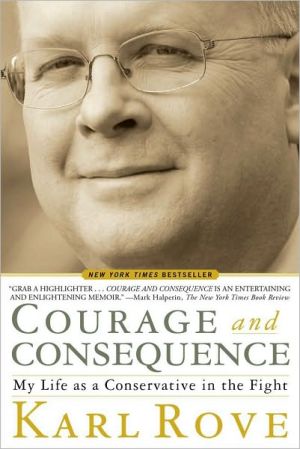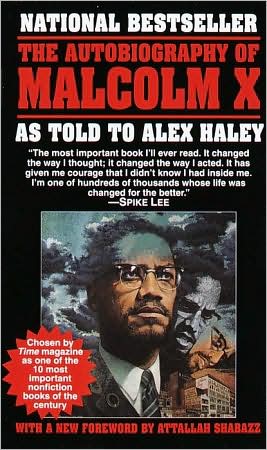Japanamerica: How Japanese Pop Culture Has Invaded the U.S.
Japanamerica is the first book that directly addresses the American experience with the Japanese pop culture craze—including anime from Hayao Miyazaki's epics to the burgeoning world of hentai, or violent pornographic anime to Haruki Murakami's fiction. Including interviews with the inventor of Pac-man and executives from TokyoPop, GDH, and other major Japanese and American production companies, this book highlights the shared conflicts both countries face as anime and manga become a global...
Search in google:
Contemporary Japanese pop culture such as anime and manga (Japanese animation and comic books) is Asia's equivalent of the Harry Potter phenomenon--an overseas export that has taken America by storm. While Hollywood struggles to fill seats, Japanese anime releases are increasingly outpacing American movies in number and, more importantly, in the devotion they inspire in their fans. But just as Harry Potter is both "universal" and very English, anime is also deeply Japanese, making its popularity in the United States totally unexpected. Japanamerica is the first book that directly addresses the American experience with the Japanese pop phenomenon, covering everything from Hayao Miyazaki's epics, the burgeoning world of hentai, or violent pornographic anime, and Puffy Amiyumi, whose exploits are broadcast daily on the Cartoon Network to literary novelist Haruki Murakami, and more. With insights from the artists, critics, readers and fans from both nations, this book is as literate as it his hip, highlighting the shared conflicts as American and Japanese pop cultures dramatically collide in the here and now. Publishers Weekly The influx of Japanese art and fashion into the American cultural mainstream gets an entertaining treatment from Kelts, an essayist and lecturer at the University of Tokyo, who interviewed many of Japan's leading culture gurus over the past three years. Kelts is clearly most interested in the world of anime and manga (from Pok mon to Princess Mononoke), as his readers will most likely be. A primary theme is that of the Japanese paradox: how has such a strictly defined and rigid society produced pop art that is, compared to its American counterparts at least, wildly imaginative and boundary bursting? Kelts's belief is that one directly created the other, that anime and manga's wild and kinetic structures, hyperaddictive apocalyptic story lines and surprisingly emotional content (not to mention sex and violence unheard of in American pop culture) could never flourish in an openly permissive and individualistic society that had not experienced nuclear devastation. Although the book grasps too eagerly at its subject's grander implications, it still effectively conveys the cross-Pacific cultural dissonance. Kelts has a sharp grasp of his subject and is on sure ground when discussing the history of the form, especially the impact of Disney on postwar Japanese animators or the reverential awe in which American animators hold such filmmakers as Hayao Miyazaki (Spirited Away). (Dec.) Copyright 2006 Reed Business Information.
Acknowledgments xiForeword 1May the G-Force Be with You 9Atom Boys 35The Business of Anime 67Toy Story 87Japan's IP Problem 103Strange Transformations 123Cosplay and Otakudom:The Draw of DIY 145Future Shocks 177Anime Appeals 205Index 225
\ Publishers WeeklyThe influx of Japanese art and fashion into the American cultural mainstream gets an entertaining treatment from Kelts, an essayist and lecturer at the University of Tokyo, who interviewed many of Japan's leading culture gurus over the past three years. Kelts is clearly most interested in the world of anime and manga (from Pok mon to Princess Mononoke), as his readers will most likely be. A primary theme is that of the Japanese paradox: how has such a strictly defined and rigid society produced pop art that is, compared to its American counterparts at least, wildly imaginative and boundary bursting? Kelts's belief is that one directly created the other, that anime and manga's wild and kinetic structures, hyperaddictive apocalyptic story lines and surprisingly emotional content (not to mention sex and violence unheard of in American pop culture) could never flourish in an openly permissive and individualistic society that had not experienced nuclear devastation. Although the book grasps too eagerly at its subject's grander implications, it still effectively conveys the cross-Pacific cultural dissonance. Kelts has a sharp grasp of his subject and is on sure ground when discussing the history of the form, especially the impact of Disney on postwar Japanese animators or the reverential awe in which American animators hold such filmmakers as Hayao Miyazaki (Spirited Away). (Dec.) Copyright 2006 Reed Business Information.\ \
